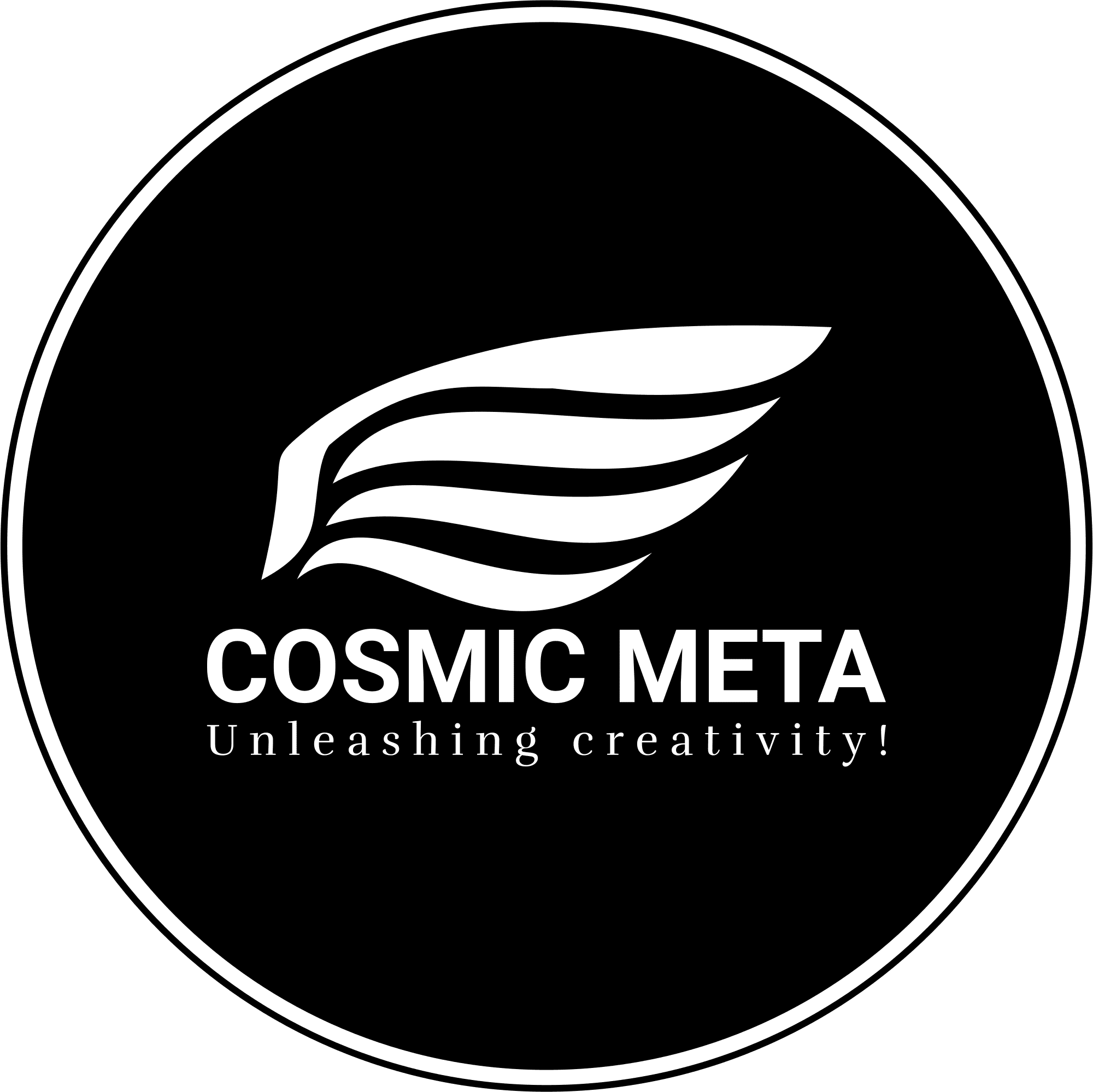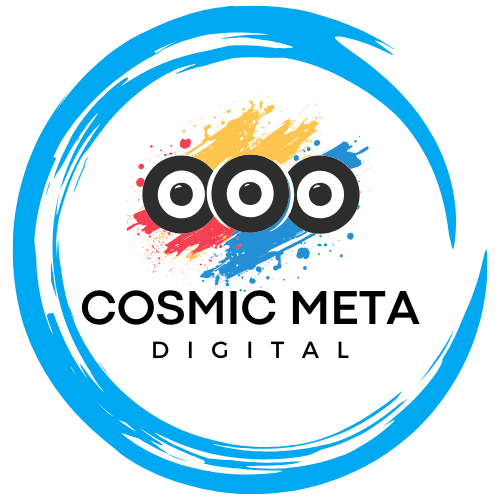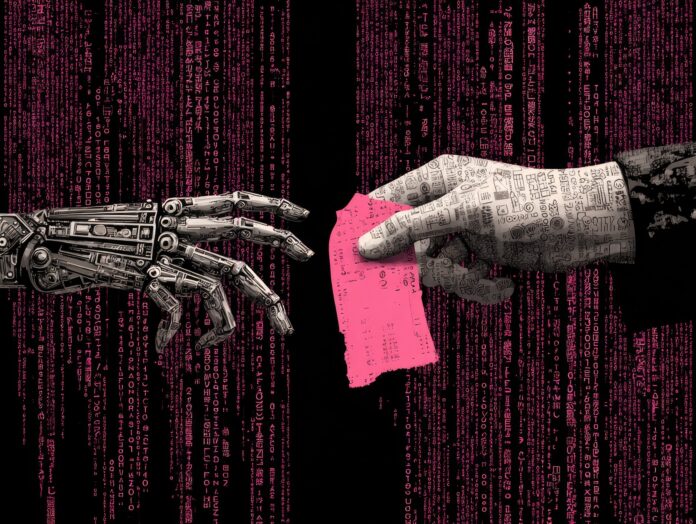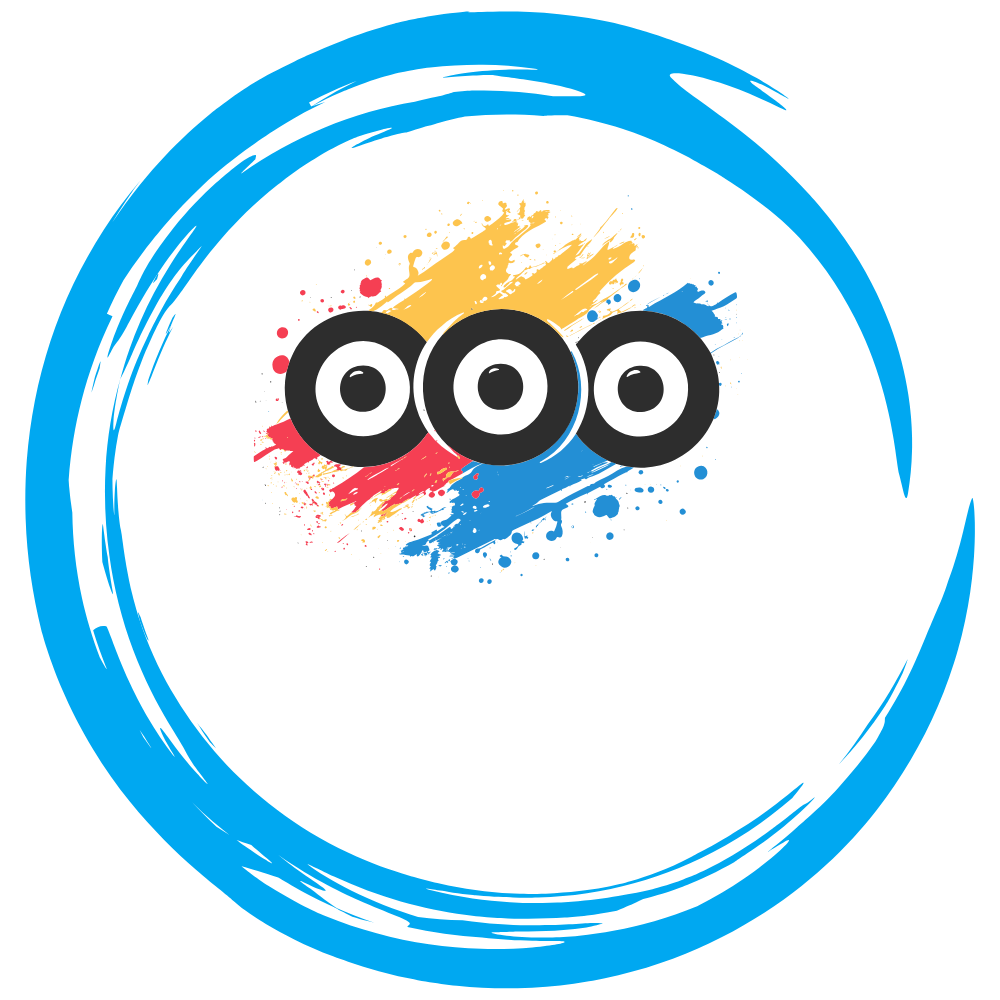Artificial intelligence is redefining the modern workplace—and not always in ways that benefit human employees. In the latest wave of tech-driven restructuring, IBM and CrowdStrike have announced job cuts impacting hundreds of workers. The reason? Increased reliance on AI tools and automation systems that have begun to outperform human labor in speed, scale, and cost-efficiency.
These developments reflect a much broader transformation sweeping across industries. As machine learning algorithms, generative models, and intelligent automation tools become more capable and accessible, many tasks once performed by humans are now being executed more efficiently by software. This shift is both inevitable and disruptive, altering the very foundations of employment in both white- and blue-collar domains.
Digital Labor: A Rapidly Accelerating Shift
IBM, known for pioneering AI development with platforms like Watson, recently confirmed a hiring pause for roles deemed likely to be automated. According to Bloomberg, this could affect up to 7,800 jobs, especially in departments like HR and finance where administrative functions are highly automatable.
Similarly, CrowdStrike, a leader in cybersecurity, has announced workforce reductions tied to increasing reliance on AI-driven threat detection and automated incident response systems. As software increasingly handles tasks like log analysis and triage, demand for entry-level security analysts is decreasing.
This is not unique to these companies. AI is reshaping job roles across finance, manufacturing, transportation, and healthcare. From warehouse robots and predictive supply chain software to AI-powered diagnostics, a growing number of functions are shifting from human hands to machine logic.
Efficiency’s Hidden Trade-offs
The corporate adoption of AI brings undeniable benefits: streamlined operations, enhanced productivity, and reduced overhead. Chatbots now resolve customer queries in seconds. Machine learning algorithms identify fraud before it happens. Generative AI tools create code, analyze legal documents, and generate marketing content at scale.
Yet, these efficiencies come at a human cost. Roles that depend on repetitive actions, rule-based decision-making, or large-scale data processing are disappearing. The middle layers of many organizations—comprising support, analysis, and coordination roles—are shrinking, creating new social and economic challenges.
Organizations face the dilemma of balancing AI-driven gains with the need for workforce stability and ethical innovation. If left unaddressed, this imbalance could lead to declining employee morale, reputational damage, and an erosion of trust among consumers and workers alike.

Human Strengths in an Automated Era
Despite AI’s capabilities, there are still vital areas where humans lead:
- Creative expression and empathy: Emotional intelligence, storytelling, and interpersonal care remain uniquely human traits.
- Ethical and strategic leadership: Humans provide the moral compass and long-term vision needed for responsible decision-making.
- Collaborative problem-solving: Integrating insights across disciplines, cultures, and contexts still relies on human flexibility.
- Contextual thinking: Unlike AI, humans can adapt quickly when presented with incomplete or ambiguous information.
These human advantages are becoming more—not less—important in a world increasingly shaped by algorithms.
Adapting to an AI-First Workforce
Preparation is essential for workers, businesses, and governments alike. As automation continues to evolve, so too must the workforce.
Workers Can:
- Embrace lifelong learning: Focus on emerging technologies, data fluency, and human-centered skills.
- Pivot to hybrid roles: Combine expertise in a domain (like healthcare, finance, or logistics) with technical literacy in AI.
- Strengthen soft skills: Communication, leadership, and empathy are growing differentiators in AI-supported environments.
Employers Should:
- Offer robust upskilling programs: Help employees transition into AI-augmented roles.
- Embed AI ethically: Ensure transparency, fairness, and safety in the implementation of automation tools.
- Redesign workflows with people in mind: Use AI to enhance, not replace, human potential.
Policymakers Must:
- Invest in workforce resilience: Incentivize retraining, digital literacy, and accessible education.
- Modernize labor laws: Align legal frameworks with the realities of AI-augmented labor.
- Facilitate public-private collaboration: Ensure shared responsibility in shaping a fair and adaptive employment landscape.
Beyond the Layoffs: A Broader Evolution
“AI job cuts” are more than headlines—they signal a structural shift. Just as the Industrial Revolution replaced manual labor with machines, and the digital era redefined clerical work, the AI age is recalibrating value in the labor market.
New roles are already emerging: AI auditors, algorithm bias monitors, prompt engineers, and synthetic media specialists. Human-AI collaboration is now a discipline in itself, requiring both technical insight and ethical oversight.
The scale of change is unlike anything before. Companies and communities that embrace transformation with foresight will uncover growth opportunities, while those that resist risk being left behind.
Human Futures in a Machine World
The AI job cuts at IBM and CrowdStrike are not isolated events—they’re previews of a larger realignment underway. As intelligent systems gain traction, the conversation must evolve from replacement to partnership.
Rather than ask what AI can do instead of us, the better question is: what can it do with us? Navigating this moment with clarity, responsibility, and vision will determine whether the AI era deepens divisions—or drives inclusive progress.



